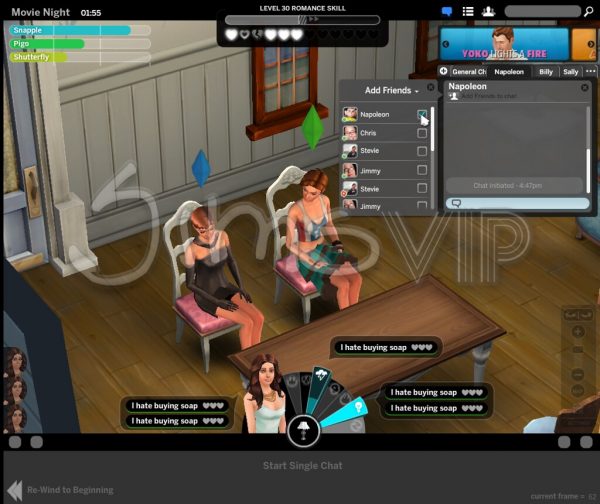 Welcome to The Blue Plumbob, an in-depth look into the development of The Sims 4 and “what went wrong.”
Welcome to The Blue Plumbob, an in-depth look into the development of The Sims 4 and “what went wrong.”
Introduction
Over the years, many articles written both here on SimsVIP and other fansites have spotlighted various tidbits of information about The Sims 4’s development, but never before has all of this information been presented in one place with overall context.
This series of posts will be outlining the history of The Sims 4, most notably all the canceled content developed for the base game that has yet to see the light of day, but that will come in future posts.
Today’s article will be covering the macro-level decisions made by EA executives that led to The Sims 4‘s state at launch, as well as mismanagement at a producer level. It will also provide a timeline of the game’s development overall.
A Disclaimer
Before we get into the bulk of this post, it is worth noting that nothing in this post is meant to be critical of any specific individual. Please do not use this post as an excuse to attack any current or former employee of Electronic Arts, Maxis, or The Sims Team. It’s important to remember that the makers of this game series are just people, and deserve the same respect as anyone else.
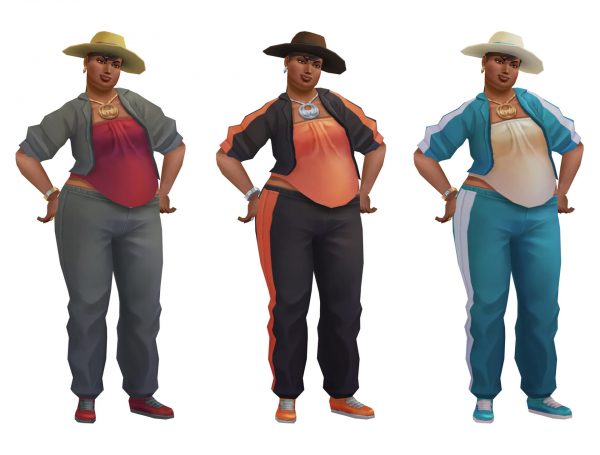 It is also important to note that this post has been written very much from the outside looking in. SimsVIP does not have any secret insider sources on The Sims Team leaking us any of this information, nor do we have full context of the situation.
It is also important to note that this post has been written very much from the outside looking in. SimsVIP does not have any secret insider sources on The Sims Team leaking us any of this information, nor do we have full context of the situation.
Everything presented in this article and the subsequent articles are all written from the perspective of the consumer. We do not know every little decision or choice made by The Sims Team or EA’s executives. If anything in the future comes to light on something written in this series of posts, we will do our best to immediately correct any inaccurate information.
The Sims 4 = Online Game
This is probably known by now, but we wanted to clear the air once more. The Sims 4 was planned to be an online game from the beginning. This is an indisputable fact. “The Sims Olympus” (or “Icarus”) IS The Sims 4. They are one-in-the-same, as much as various EA statements have claimed that it is a “different game.”
 Yes, games change during development, but there is still clear multiplayer code in the retail version of the game. If the game we have now is that far removed from the original multiplayer version, this would not be the case.
Yes, games change during development, but there is still clear multiplayer code in the retail version of the game. If the game we have now is that far removed from the original multiplayer version, this would not be the case.
Furthermore, almost all of the art from the “Olympus” prototypes have shipped in the final game. Many animations, hairs, clothing, and props are all in the base game.
In 2013, just over a year from its eventual release date, The Sims 4‘s development shifted from being an online social game to what it is today. More on that below.
The Root of the Problem
In July 2011, then-CEO of EA, John Riccitiello stated that the company would be shifting away from fancier 3D games and larger experiences in favor of focusing on social games and online platforms.
Furthermore, in September 2012, EA Labels President Frank Gibeau said the following:
“I have not green lit one game to be developed as a single player experience. Today, all of our games include online applications and digital services that make them live 24/7/365.”
These decisions absolutely played a major part in the development of The Sims 4 as a low-budget online social game.
Riccitiello eventually stepped down in 2013 as CEO after the launch of the online-only SimCity largely failed, but the damage was done. The Sims 4 had little time to pivot back to being a single-player game. We will cover this in more detail below.
Timeline of Development
April 2010
Development on The Sims 4 begins with a small team making art prototypes. From the beginning, the art style is meant to be more stylized, with an incredibly low graphical budget, great for the cross-platform, low system requirement online game it’s planned to be.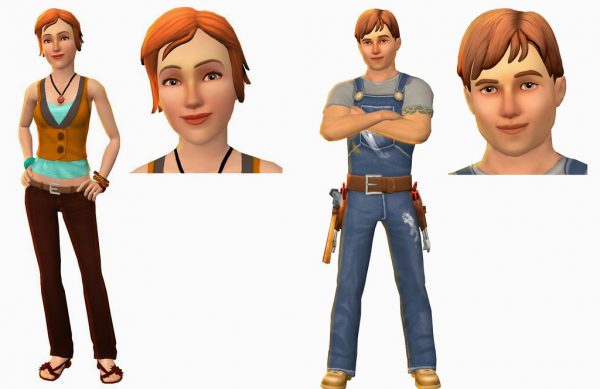
August 2012
By now, over two years later, The Sims 4‘s team has expanded considerably, with several producers moving over from The Sims 3.
A full working prototype of the game was developed by now, with many finished character models, furniture, and animations – stuff we’d see in the final released game. However, the graphics are still very low-quality, within the goal of a cross-platform online game.
Prototyping of the online interface, including chat messaging, is underway as well.
At this stage, the sims themselves are not customizable. Prototype models built from the ground up in various styles were created, and eventually broken up into functional CAS pieces we have today.
Late 2012/Early 2013
Prototypes for Create-A-Sim, the main menu, and build mode begin.
Video courtesy of Sims Community
March 2013
SimCity releases as fully-online under Riccitiello’s social game imperative to disastrous results. It’s a full-on public relations nightmare. Fans are angry, servers are crashing, refunds are being demanded.
Spring 2013.
A full Sims 4 branding campaign designed for its release as an online game is complete.

May 2013
The Sims 4 is officially announced as an offline game, with no screenshots, footage, or promotional material, save for a logo and pictures of the Sims’ eyes. This was no mistake. Almost all of the promotional campaign had been thrown out along with the online gameplay. Back then, this minimal marketing campaign was touted as being mysterious and secretive, but hindsight is 20/20. They had very little of the game to show us since much of it was scrapped.
Around this time, it is also leaked that the game is slated for a March 2014 release date. This is likely what the release was going to be before the pivot to offline gaming.
Unknown 2013
We don’t know exactly when this happened, but at some point in 2013, The Sims 4 changed its game engine. Since the game is now single-player, the team has more freedom for the higher-quality graphics we know the game to have today. This information is sourced from the website of then-Sims 4 Art Director Chi Chan, who has since taken down his site.
There were also pitches to make the art style more photorealistic around this time.
![]()
2014 & Fall Release
We’ll keep this section short. You know how this story ended. The Sims 4 released in September 2014 with a fraction of the base game content in the previous iterations of the franchise. After the failure of SimCity and the company’s shift away from the social game imperative, The Sims 4 had little time to rebuild as a fully-fledged single-player game, with less than 6 extra months of development being allowed (delay from March to September 2014).
Studio Cover-Ups
Time and time again, members of The Sims Team and EA overall have tried to downplay the problems with The Sims 4‘s development or provide excuses for the missing content. Many of these claims are verifiably false.
Claim 1: “It’s Just Concept Art”
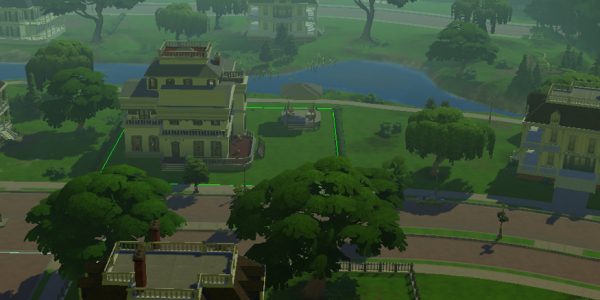 When old art from 2012 versions of the game arise, SimGuru’s are quick to dismiss them as “ancient concept art.” When SimsVIP uncovered old photos from development, it was claimed that the imagery did not reflect the game, even though the sims depicted clearly use CAS assets that are in the final game right now. This is just one example of many similar made by members of The Sims Team.
When old art from 2012 versions of the game arise, SimGuru’s are quick to dismiss them as “ancient concept art.” When SimsVIP uncovered old photos from development, it was claimed that the imagery did not reflect the game, even though the sims depicted clearly use CAS assets that are in the final game right now. This is just one example of many similar made by members of The Sims Team.
Claim 2: “Core Features Took Too Much Time”
Before launch, many simmers were up-in-arms over missing features, most notably toddlers and pools, among dozens of other pieces of missing content.
In a post by Rachel Franklin, then-producer of the game, the claim was that these missing features did not make the final game due to development of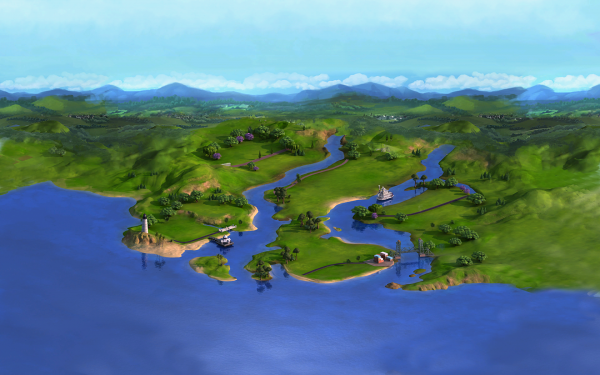 content like emotions, and the fleshed-out versions of Create-A-Sim and Build Mode.
content like emotions, and the fleshed-out versions of Create-A-Sim and Build Mode.
While this claim isn’t exactly false, it’s duplicitous at best. Yes, The Sims 4 was built from the ground up. Yes, many of the core features are large improvements from previous games. In many ways, The Sims 4 is a robustly set-up base game, with clear design plans to support the tons of content that have been added over the years.
But this is not the whole story, not by a long shot. It’s incredibly clear, no matter how much EA may deny it, that much of The Sims 4’s development time was spent on making online features. In fact, just before the official launch of The Sims 4‘s website in August 2013, a different version of the site leaked, with online content and unused promotional material still featured. See below:
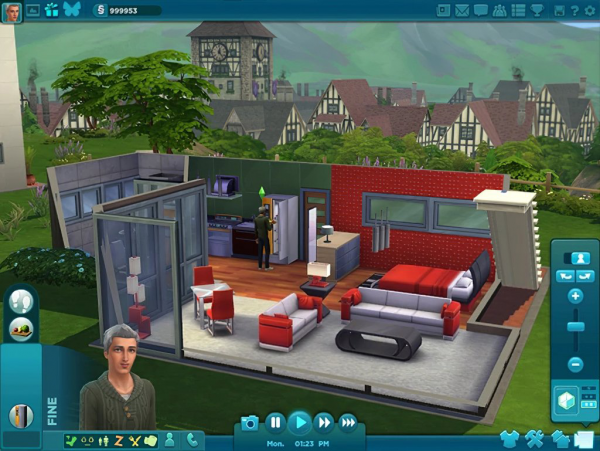

In the top right of the screenshot, you can distinctly see icons for chats, mail, and a friends list.
Again, these screenshots were leaked in August 2013. Even though the pivot to an offline game began around May, it’s clear that many of the online features were still present in very late builds of the game, which explains why much of the online code is still in the final released retail product.
Studio Mismanagement
Beyond the executive-level decisions that led to The Sims 4‘s troubled development, there have also been glimpses of problems at the studio level, within Maxis itself, particularly with producers of the game.
According to former artist, Jace Wallace:
“Office politics at Redwood Shores are brutal. The Sims 4 team is completely mismanaged.“
Wallace was laid off in a mass-firing of EA Salt Lake’s Sims Team in early 2014. More on that down below.
According to Patrick Kelly, UI designer for The Sims 4, in 2013:
“The game is a mess, the studio is a mess, and people are so frustrated they are about to revolt.”
These comments were from years ago and may not reflect the atmosphere of The Sims Studio today. However, it does give further context as to why the base game release of The Sims 4 was as problematic as it was.
Perhaps the culture at Redwood Shores (where The Sims Studio is located) has changed since then. Lyndsay Pearson, who has been on The Sims Team since the days of The Sims 2 is now lead producer. Producers in charge in 2012 and beyond have since left Maxis and Electronic Arts altogether.
The Sims 4 Today
Why Are So Many Features Still Missing?
 While the lead producers have changed over The Sims 4‘s lifespan, there is still evidence that not all is well at The Sims Studio, and this is absolutely a contributing factor to issues with The Sims 4 today. Key features like cars, newborns, and burglars are still not in the game six years later, painfully absent in the eyes of the community.
While the lead producers have changed over The Sims 4‘s lifespan, there is still evidence that not all is well at The Sims Studio, and this is absolutely a contributing factor to issues with The Sims 4 today. Key features like cars, newborns, and burglars are still not in the game six years later, painfully absent in the eyes of the community.
Furthermore, packs for The Sims 4 have demonstrably less content than those in The Sims 3. Why? Layoffs. The Sims 3 had two studios working on content at the same time. EA Redwood Shores, the main studio; and EA Salt Lake. It was normal to get 1-2 expansions from EA Salt Lake; and 1 expansion, a world, and 2 stuff packs from EA Redwood Shores each year.
EA Salt Lake began a restructuring in January 2014. Most of its Sims employees were laid off completely, leaving The Sims 4 with just 1 studio to make post-release content. In 2018, even more layoffs occurred, this time at Redwood Shores, rendering the single Sims Studio left even smaller than it was before. EA Salt Lake completely shut down in 2017.
With a single studio at the fraction of the size it used to be and a smaller budget, it’s no surprise that The Sims 4‘s content packs have been missing the breadth of content players used to expect.
More Testimonials
Around the time of the 2018 layoffs, an anonymous Reddit poster made further comments about the status of The Sims franchise. While SimsVIP cannot verify their claims 100%, the information they provided matches up with comments made by SimGurus months after the person wrote their posts.
It used to be like a great big family, where everyone was working on what they loved. Sadly the studio lost its way the past few years. Really breaks my heart. . . .
They will for sure keep pumping out mediocre packs as long as they can for TS4.
This poster also made comments about the prospects for The Sims 5 (or lack thereof). We will cover these comments and other information we have about The Sims 5 in a future post.
Too Long, Didn’t Read (TL;DR)
Due to a company-wide mandate, The Sims 4 was developed as a stylized, low graphics online social game, with release planned for March 2014.
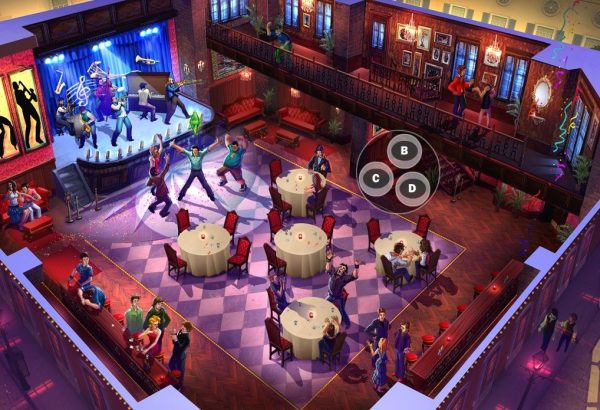 After the negative reaction to SimCity‘s release in 2013 as an online game, the mostly finished Sims 4 had to pivot back to being a single-player game with barely any time left at all.
After the negative reaction to SimCity‘s release in 2013 as an online game, the mostly finished Sims 4 had to pivot back to being a single-player game with barely any time left at all.
On top of this, layoffs, studio closure, bad office politics, and producer mismanagement contributed to more missing features in the base game.
These factors still plague development of add-on content for The Sims 4 to this day. There is now only 1 studio, and it is a fraction of the size it was during The Sims 3‘s content pack development. Furthermore, it seems the studio has no immediate plans for a 5th Sims game.
Where Do We Go From Here?
We’re well aware this information is by no means good news. It can be discouraging to see The Sims franchise struggle. Many of us have been fans of this series for a long time, and wish to see it succeed.
 We here at SimsVIP don’t want to be all doom-and-gloom. Still today, many people working at Maxis truly love The Sims. This is by no means the end of the franchise, but it’s important to know the state of the game. How we as a community responds to this information is up to each and every one of us.
We here at SimsVIP don’t want to be all doom-and-gloom. Still today, many people working at Maxis truly love The Sims. This is by no means the end of the franchise, but it’s important to know the state of the game. How we as a community responds to this information is up to each and every one of us.
Thank you for reading this rather lengthy piece. If you enjoyed it, we’d love to produce more. There is further information out there that we’d love to cover, including canceled base game babies, content withheld from the base game for expansion packs, and a canceled monthly subscription/microtransactions.
Special Thanks
In this section, we wanted to give special thanks to a few specific websites for their terrific reporting and research that helped us make this article.
– BeyondSims
– Honeywell’s Sims 4 News Blog
– Sims Community
– The Sims Wiki



